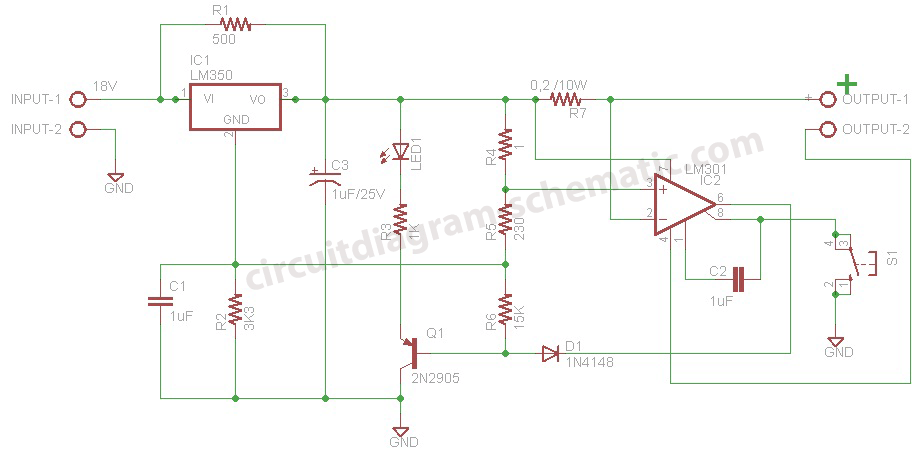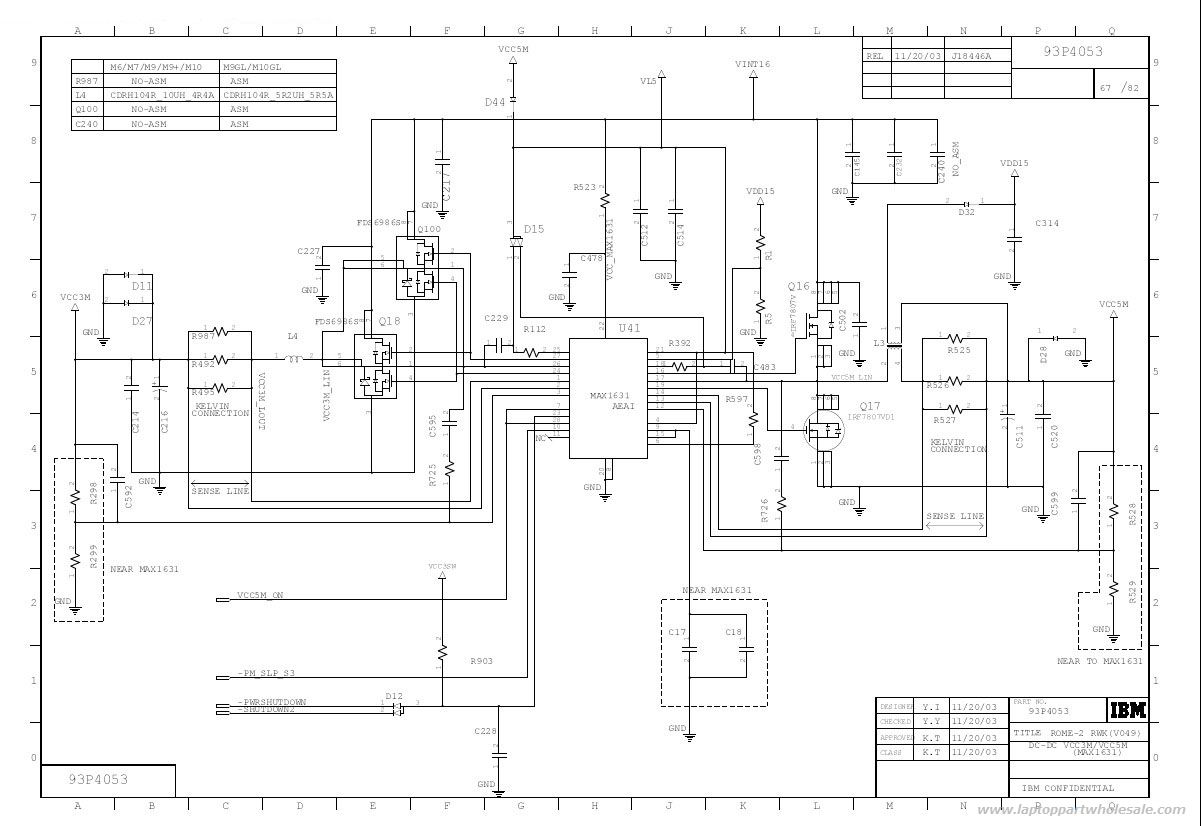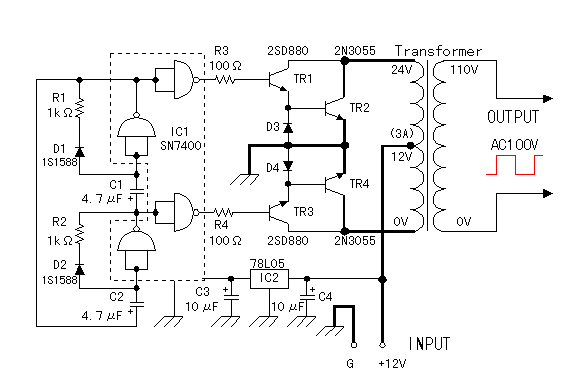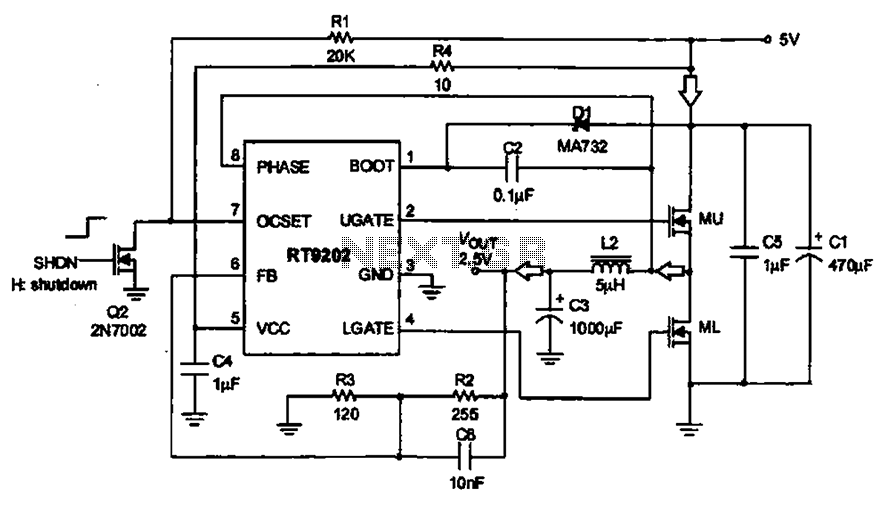
Automatic battery charger circuit using lm301-2

This is a battery charger circuit that has the advantage of automatically disconnecting the battery when charging is complete. The voltage sensor used in this circuit is the LM301 IC, which serves to disconnect the battery when the charging voltage reaches its limit. The LM350 is a variable voltage regulator integrated circuit that functions as a voltage divider output. The charging voltage range is limited to 12.6 to 14.4 volts. Exceeding this voltage limit or charging the battery for too long can result in battery damage. During the charging process, this circuit may increase temperature; therefore, it is recommended to incorporate an effective cooling system or combine it with an automatic fan controller that responds to temperature changes. The voltage source used is an 18-volt power supply. A schematic diagram of the automatic battery charger is provided, along with a printed circuit board (PCB) layout for the circuit utilizing the LM301.
The battery charger circuit is designed to efficiently manage the charging of batteries while ensuring safety and longevity. The circuit employs the LM301 integrated circuit as a voltage sensor, which plays a critical role in monitoring the battery voltage during the charging process. When the voltage reaches the predefined threshold, the LM301 activates a cutoff mechanism that disconnects the battery from the charger, preventing overcharging and potential damage.
The LM350, acting as a variable voltage regulator, allows for the adjustment of the output voltage within the specified range of 12.6 to 14.4 volts. This flexibility is essential for accommodating different battery types and ensuring optimal charging conditions. The output voltage can be fine-tuned by adjusting external resistors connected to the LM350, which acts as a voltage divider. This feature is particularly useful for maintaining the health of lead-acid batteries, which are sensitive to overvoltage.
To enhance the reliability of the circuit, a thermal management system is recommended. As the charging process generates heat, the inclusion of a heat sink or an active cooling fan can help dissipate excess heat, thereby maintaining the performance of the components and prolonging their lifespan. The automatic fan controller can be designed to activate based on temperature thresholds, ensuring that cooling is only applied when necessary, thus optimizing energy usage.
The power supply for this circuit is specified as an 18-volt source, which provides sufficient headroom for the LM350 to regulate the output voltage effectively while allowing for voltage drops across other components in the circuit. The design includes a schematic diagram that visually represents the connections and components involved, facilitating easier understanding and implementation of the circuit. Additionally, a printed circuit board (PCB) layout is provided, allowing for efficient assembly and minimizing errors during construction. This PCB is designed to accommodate the LM301 and LM350, ensuring proper placement and connections for optimal performance.This is a battery charger circuit, this circuit has advantages, which can cut off electrical charging of the battery automatically. Voltage sensor used in this circuit is the LM301 IC2. This sensor serves to disconnect the battery if the charging voltage has reached the limit. LM350 is a variable volt regulator IC that functions as a voltage divid er output. Limit the voltage used to perform the charging battery is 12. 6 to 14. 4 volts. Batteries can be damaged if the charging voltage exceeds the voltage limit, or the battery is filled in too long. Here is a schematic drawing automatic battery charger: During the charging process, this circuit will increase the temperature.
advised to put a good cooler or can combine with Automatic fan controller uses the temperature. Voltage source used is a 18 Volt power supply. Here I also include a PCB (printed circuit board) of the automatic battery charger circuit using LM301 and you can also download it. 🔗 External reference
The battery charger circuit is designed to efficiently manage the charging of batteries while ensuring safety and longevity. The circuit employs the LM301 integrated circuit as a voltage sensor, which plays a critical role in monitoring the battery voltage during the charging process. When the voltage reaches the predefined threshold, the LM301 activates a cutoff mechanism that disconnects the battery from the charger, preventing overcharging and potential damage.
The LM350, acting as a variable voltage regulator, allows for the adjustment of the output voltage within the specified range of 12.6 to 14.4 volts. This flexibility is essential for accommodating different battery types and ensuring optimal charging conditions. The output voltage can be fine-tuned by adjusting external resistors connected to the LM350, which acts as a voltage divider. This feature is particularly useful for maintaining the health of lead-acid batteries, which are sensitive to overvoltage.
To enhance the reliability of the circuit, a thermal management system is recommended. As the charging process generates heat, the inclusion of a heat sink or an active cooling fan can help dissipate excess heat, thereby maintaining the performance of the components and prolonging their lifespan. The automatic fan controller can be designed to activate based on temperature thresholds, ensuring that cooling is only applied when necessary, thus optimizing energy usage.
The power supply for this circuit is specified as an 18-volt source, which provides sufficient headroom for the LM350 to regulate the output voltage effectively while allowing for voltage drops across other components in the circuit. The design includes a schematic diagram that visually represents the connections and components involved, facilitating easier understanding and implementation of the circuit. Additionally, a printed circuit board (PCB) layout is provided, allowing for efficient assembly and minimizing errors during construction. This PCB is designed to accommodate the LM301 and LM350, ensuring proper placement and connections for optimal performance.This is a battery charger circuit, this circuit has advantages, which can cut off electrical charging of the battery automatically. Voltage sensor used in this circuit is the LM301 IC2. This sensor serves to disconnect the battery if the charging voltage has reached the limit. LM350 is a variable volt regulator IC that functions as a voltage divid er output. Limit the voltage used to perform the charging battery is 12. 6 to 14. 4 volts. Batteries can be damaged if the charging voltage exceeds the voltage limit, or the battery is filled in too long. Here is a schematic drawing automatic battery charger: During the charging process, this circuit will increase the temperature.
advised to put a good cooler or can combine with Automatic fan controller uses the temperature. Voltage source used is a 18 Volt power supply. Here I also include a PCB (printed circuit board) of the automatic battery charger circuit using LM301 and you can also download it. 🔗 External reference





